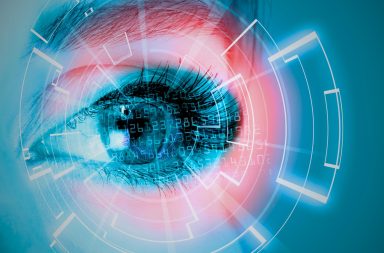Supporting patients in their empowerment journey is one of the places where digital health can be effective, compared to the traditional healthcare system.
Indeed, if the healthcare system manages the (chronic) disease, focusing on treating symptoms and only taking care of patients at their annual visit, not in their daily life, what happens during the remaining 364 days?
This gap becomes an opportunity both for patients, to start their empowerment journey, and for innovators, enabling people with the tools to do it.
The above context reflects the current transition of the healthcare system from Health Care to Data-driven Self Care. That is, from a treatment of disease that the patient passively “receives”, to the building of an empowerment experience where the patient is active (also from a digital standpoint) in the management of his/her own health.
We can represent the empowerment journey in different phases, where the patient chooses and personalises his/her own experience according to the level of engagement and their specific needs.
Each phase shows a level of action and engagement that increases together with the empowerment increment. Each phase also represents an area where those who intend to support patients can supply the necessary support tools, whether they are physicians, pharma companies, innovators, or other patients.
If someone wanted to tell the story of their experience of an empowerment journey, it could begin with an initial phase, where the patient acknowledges his/her health status and is intent on gathering the necessary information from multiple sources: physicians, patient associations, blogs, specific health programs.
In a second step, we could observe that the awareness encourages the exploration of the sphere of action, such as looking for a mindful dialogue with their doctor and sharing experiences with other patients.
Once the patient is stronger, having gained awareness and benefitted from a support community, they could then come into action, directly managing his/her own healthcare status.
This is a key step, both for the patient and for the stakeholders of change in healthcare. Indeed, it is the phase where the digital health innovative tools start to gain space, nurtured by data that patients themselves input during the daily management of their disease and lifestyle, by the community of patients and caregivers that supports, reinforces and “cures” other patients, partnering with them in their daily life, and filling the gap between the visits with the physicians.
Finally, the last step (for now) , which is becoming a growing trend, shows the patient that being active in the first person, thus becoming a mentor to other patients. There are patients who create their self-management system and become testimonials of this transition. For example, patients and innovators like Jeff Dachis, who founded OneDrop, or Fredrik Debong, who founded Mysugr – two successful digital therapy programmes in diabetes. They both created their projects starting from their personal experience with the disease and became personally active by making tools available for people with diabetes, which effectively cure through software.
Software will do a better job – Jeff always says – and will “eat” healthcare, by empowering millions of people to take care of themselves. Everyday.
Therefore, “everything that can be digital, will be” is applicable to healthcare as well. New models of interaction are already there. People are, in fact, willing not only to share their private photos on social networks, but also their health data to obtain a better care.
This unprecedented amount of data availability is transforming digital health solutions into population health management tools, and is also able to revolutionise the way physicians practice and the model of care. This ecosystem is already producing results. It works. And it is just the beginning.



